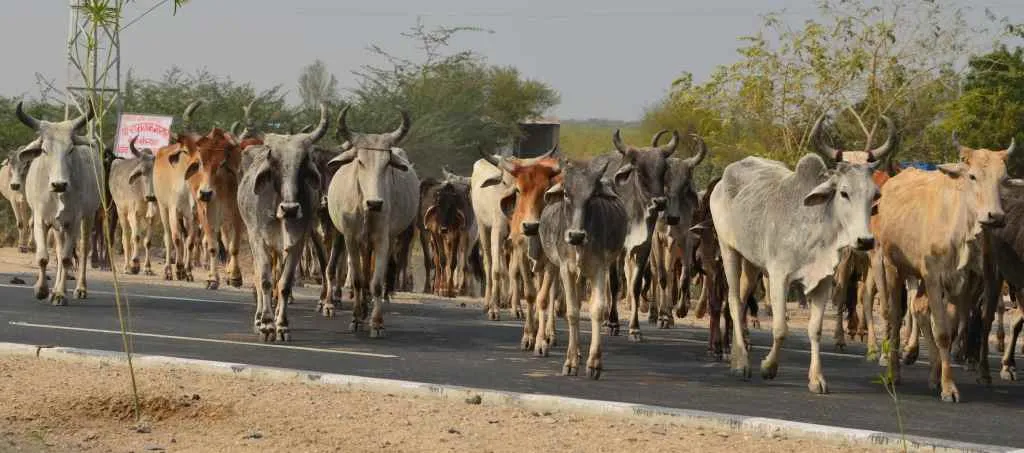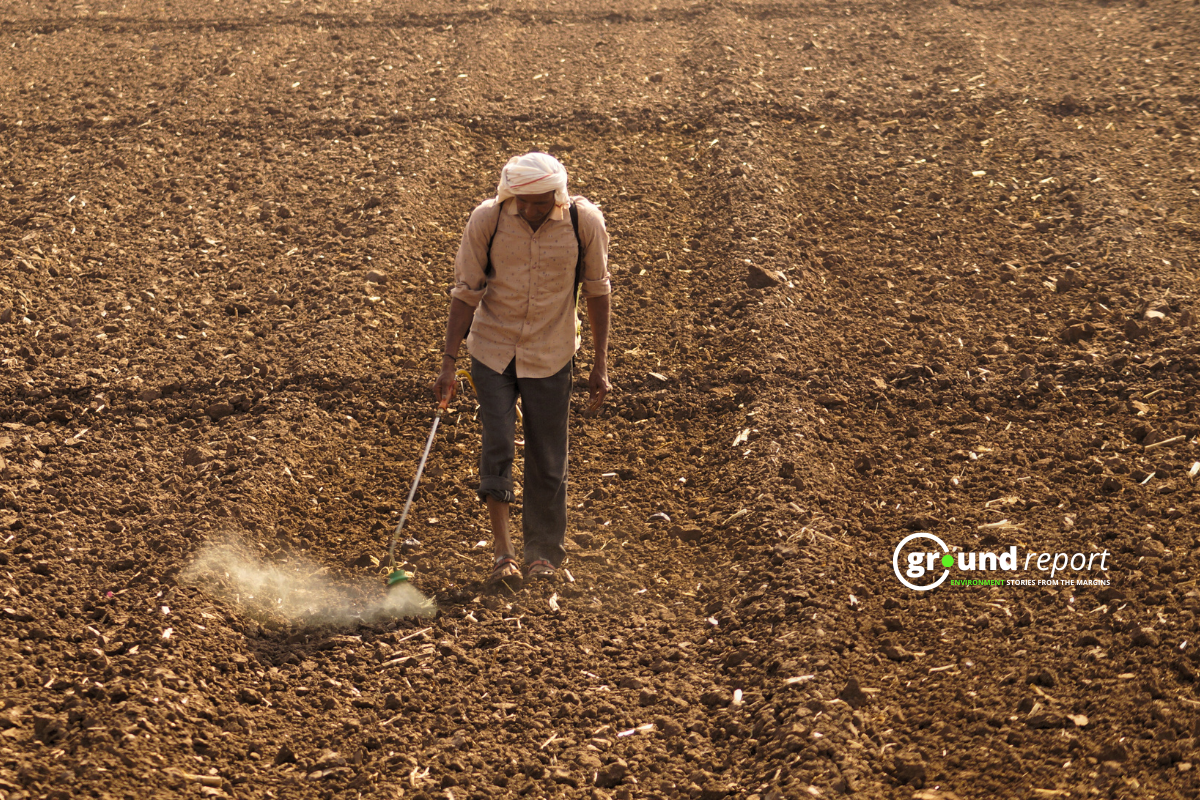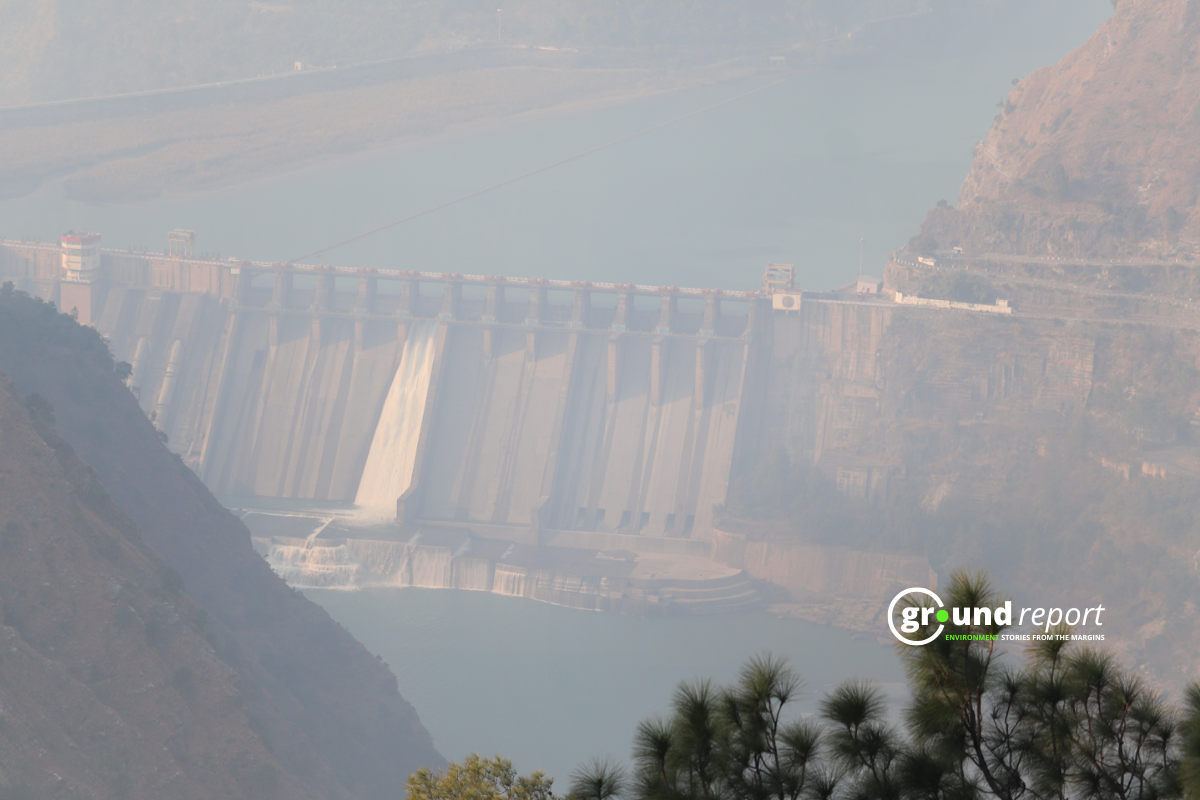In an attempt to tackle the consequences of a changing climate on the agricultural sector, world leaders at COP27 urged countries for sustainable agricultural support in order to ensure food security for all. Although nothing substantial was said on livestock farming’s impact on climate change. Through this article, let us address, and explore the impact on the same on climate change.

India’s Cattle farming
India produces 22% of the world’s milk. In addition, it is also known as the biggest mutton as well as beef exporter. The livestock sector is known to contribute 4.11% to the annual GDP and one-fourth of the agricultural GDP of the country.
The livestock sector is a huge source of greenhouse gas i.e.methane. According to United Nations reports, it is 80 times more damaging than CO2 in warming the climate. This makes the methane-emitting livestock sector a huge concern.
Despite the concerns, one peculiarity about livestock in India is that the average livestock holding is less than 5 animals in a single household. And, how this number is different would be explained later in the article.
When it comes to emissions from the livestock sector, putting things in context is crucial. There exist huge differences between set industrial systems of cattle rearing and the one that is in India.
Systems’ Approach
While over-grazing and deforestation for feeding livestock can lead to the release of methane into the environment in a country of the global north, feeding cattle on the farm residue is a rather sustainable practice. This helps reduce deforestation, GHG emissions, and even the air pollution caused by subsequent stubble burning. It helps improve the fertility and nutrient content of the soil on top of it.
Plant-based diets
Food systems shifts that are advocated around the globe talk about ‘cultured meat’, plant-based products, and a reduction in animal-based food consumption. In a country like India, poverty, caste, and religion play a defining role in even deciding one’s dietary habits.
Livestock farming on the other hand employs almost eight crore rural households throughout the country.
Conclusion
Food sovereignty is not paid much heed while single-handily blaming the livestock industries of the developing nations with minimal access to climate finance. There is a need to have an approach that caters to the nuances of the different kinds of livestock systems that exist globally. Furthermore, particular interventions should be placed to m make it more sustainable. This approach can most definitely play a crucial role in climate justice.
Keep Reading
Part 1: Cloudburst in Ganderbal’s Padabal village & unfulfilled promises
India braces for intense 2024 monsoon amid recent deadly weather trends
Support us to keep independent environmental journalism alive in India.
Follow Ground Report on X, Instagram and Facebook for environmental and underreported stories from the margins. Give us feedback on our email id greport2018@gmail.com.
Don’t forget to Subscribe to our weekly newsletter, Join our community on WhatsApp, and Follow our YouTube Channel for video stories.









